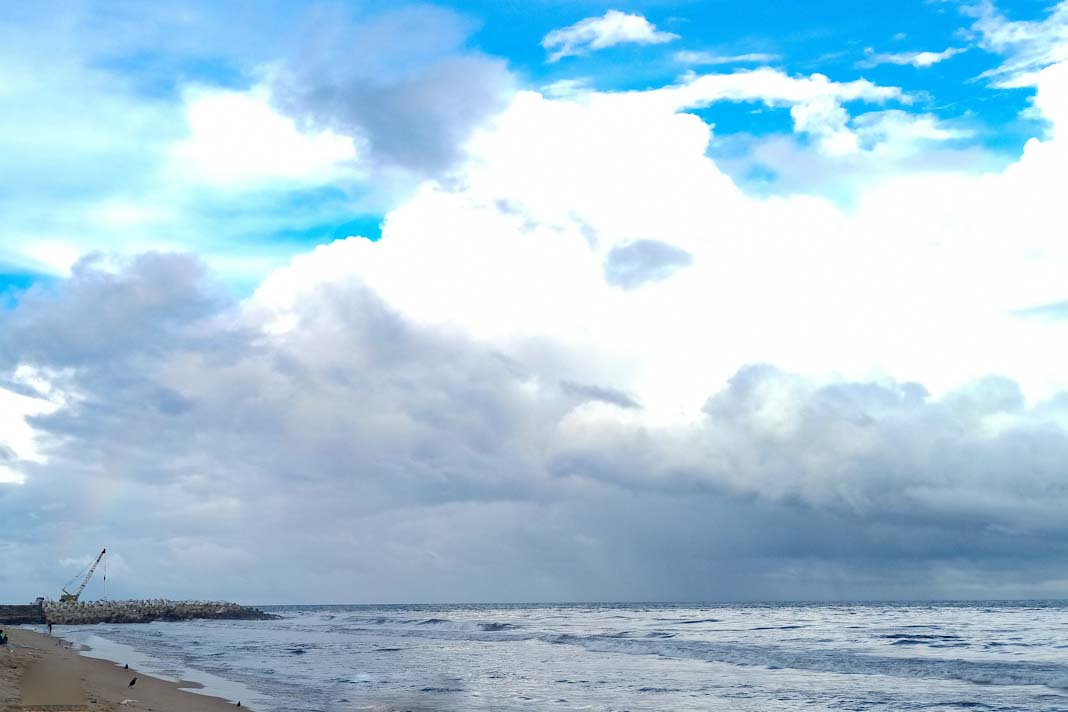The predicted container shipping wipeout is not here yet. Several container lines are still posting nine-digit quarterly profits, despite a tepid peak season, slumping rates, and a tidal wave of new vessel capacity. Liner companies Ocean Network Express (ONE) and Matson reported their latest quarterly results on Tuesday and Monday, respectively, reports Freight Waves.
ONE predicts profits for the fiscal year
Singapore-headquartered ONE reported a net income of $187 million for July-September (the second quarter of its fiscal year 2023), down 97% from the one-off, boom-inflated results of a year ago, and down 64% sequentially versus April-June.
“Despite the start of the peak season, there was no strong recovery in cargo movement,” said the carrier.
Nevertheless, the company’s latest results are better than its pre-pandemic performance. ONE had a net income of $121 million during the same period in 2019 and lost $192 million in July-September 2018.
ONE does not report average freight rates. Rather, it publishes an index of average quarterly rates (the combination of spot and contract rates) in comparison to the average for April- June 2018.
This index continues to fall. It’s still above pre-COVID numbers, albeit approaching those levels.
ONE’s Asia-U.S. rates in the most recent quarter were 4% above the average at this time of year in 2019 and 8% above 2018 levels.
Three months ago, ONE declined to guide for its fiscal year, stating that market conditions were too uncertain. It belatedly issued that guidance on Tuesday, forecasting a net income of $851 million for the 12 months from April 2023 to March 2024.
That would be considerably better than pre-COVID returns. It earned only $105 million in FY 2019 and lost $586 million in FY 2018 (when results were impacted by costs from the 2017 merger that created ONE from the fleets of Japan’s NYK, MOL, and “K” Line).
A ‘unicorn’ among transportation companies
Meanwhile, Hawaii-based Matson continues to outshine the competition.
“Unicorns do exist — just look at Matson,” wrote Stifel analyst Ben Nolan in a client note.
“While virtually every other segment of [containerized] transportation is struggling, Matson continues to put up surprisingly good results, which are significantly greater than pre-COVID results.”
However, the niche carrier’s latest quarterly profits were up 48% sequentially from Q2 2023 and were more than triple profits in the same period in 2019, pre-pandemic.
“It appears as though the company now has a much broader customer base willing to pay elevated rates for expedited trans-Pacific business that is still far cheaper than air freight,” said Nolan.
During Monday’s conference call, Matson CEO Matt Cox said his company continues to obtain higher China-U.S. rates than the Shanghai Containerized Freight Index. He noted that Matson’s 11-day expedited China-U.S. service is offering “a significant value proposition to air freight customers,” at 10-15% of the cost for five to seven days of additional all-in transit time.
“For our China service, we expect continued solid demand,” said Cox.
Inventory overhang issue ‘played itself out’
Cox also commented on U.S. inventory levels — a major issue for shipping lines in the trans-Pacific trade. This topic was also addressed by Matthew Shay, president and CEO of the National Retail Federation (NRF), during a recent Port of Los Angeles press conference.
A year ago, carrier executives at Maersk and Hapag-Lloyd highlighted a potential demand driver from restocking in 2023. The theory was that U.S. companies imported too many goods during the supply chain crisis, leading to bloated inventories. When those inventories finally wound down, importers would have to restock, pushing shipping demand — and rates — back up.
The growing consensus is that restocking rate upside will not happen and that inventories have already normalized, with little effect on rates.
“We are hearing that most of our retailers have worked through those inventories,” said Cox. “There are exceptions — product lines that still have a surplus. But our general feeling is that retailers have done a really good job of working through their overhangs.”
According to Shay, “I think this [inventory issue] has largely played itself out. It’s not something we’re hearing about from our members. It isn’t high on anyone’s list.
Did you subscribe to our daily Newsletter?
It’s Free! Click here to Subscribe
Source: Freight Waves

























